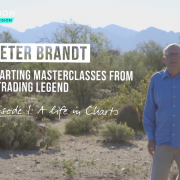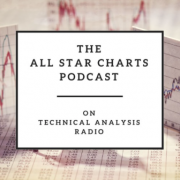A Real Vision Video Series with Peter Brandt EPISODE THREE – CLASSICAL CHARTING & TECHNICAL ANALYSIS
CHARTING MASTERCLASSES FROM A TRADING LEGEND
Peter Brandt is a classical chartist and has been a trading legend in the foreign exchange and futures markets since 1975. In this exclusive five-part series, Peter shares his knowledge and the framework he has developed to trade successfully with chart-based analysis.
EPISODE THREE – CLASSICAL CHARTING & TECHNICAL ANALYSIS
Peter Brandt delves into the world of classical charting and technical analysis. Peter explains what charts can tell you and importantly what they can’t, with a lesson on the major pattern formations he looks for and the crucial ability to spot false breakouts. There’s also a number of practical examples of how price trend action has followed chart patterns in some of the major commodity and foreign exchange markets.
Read More








